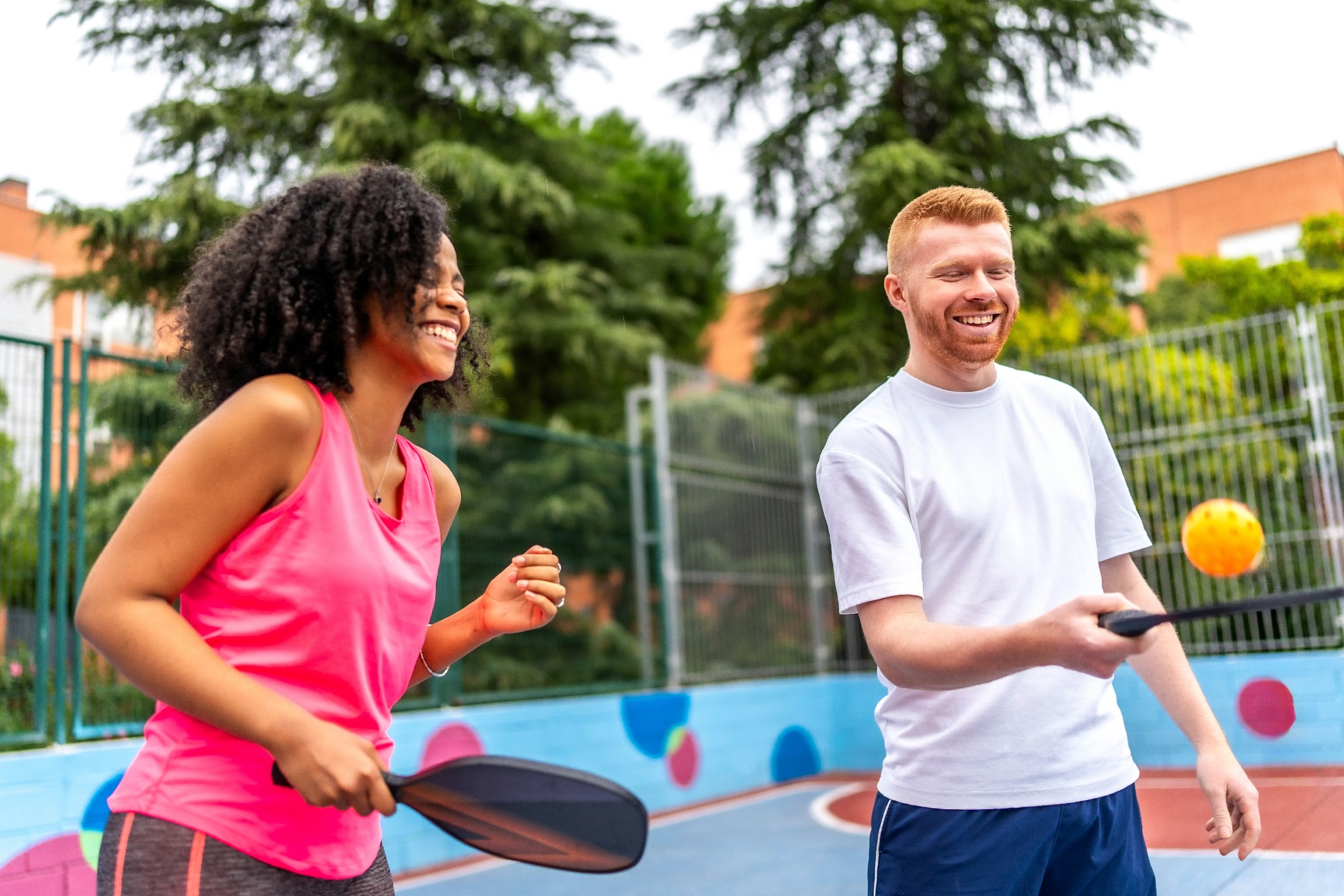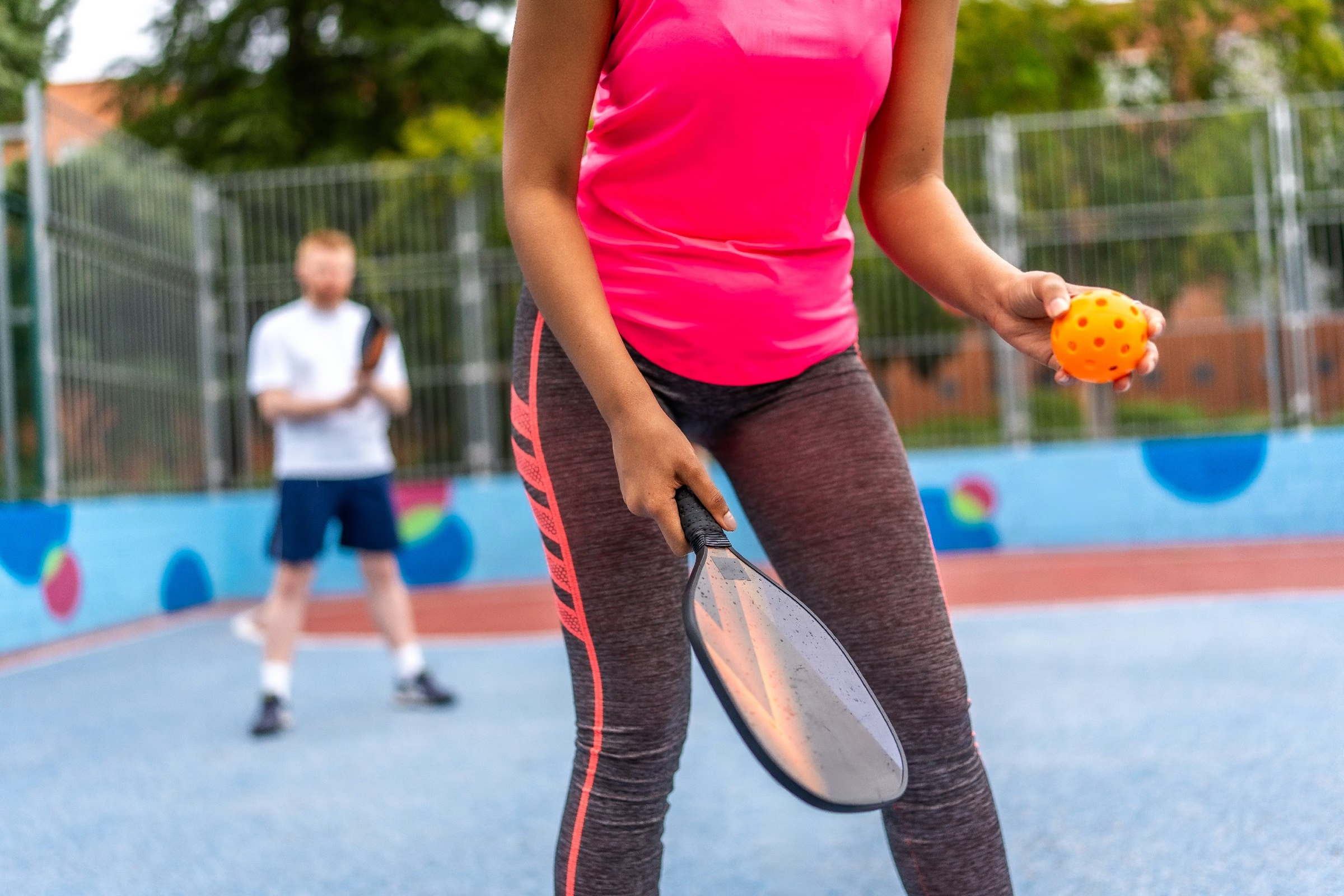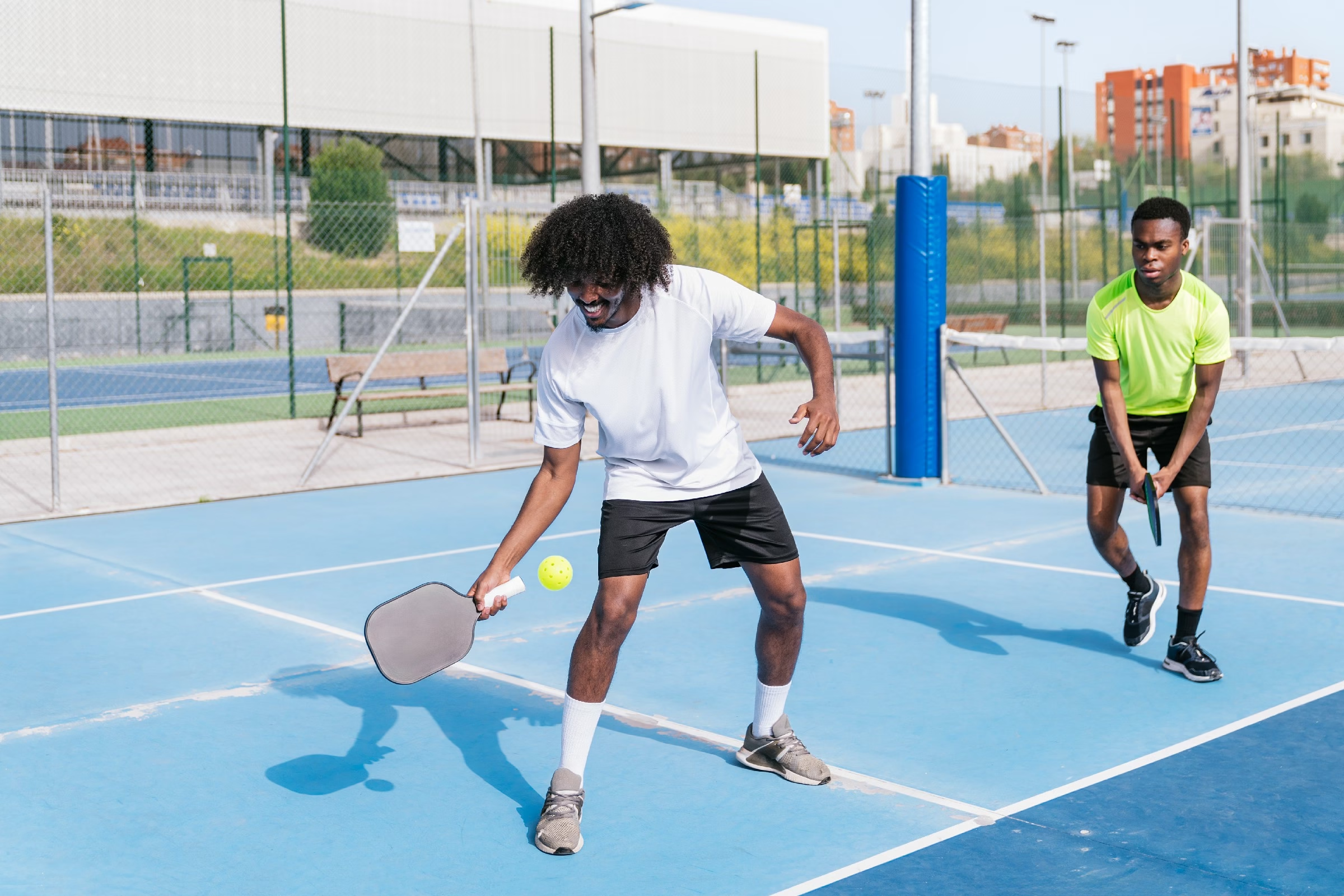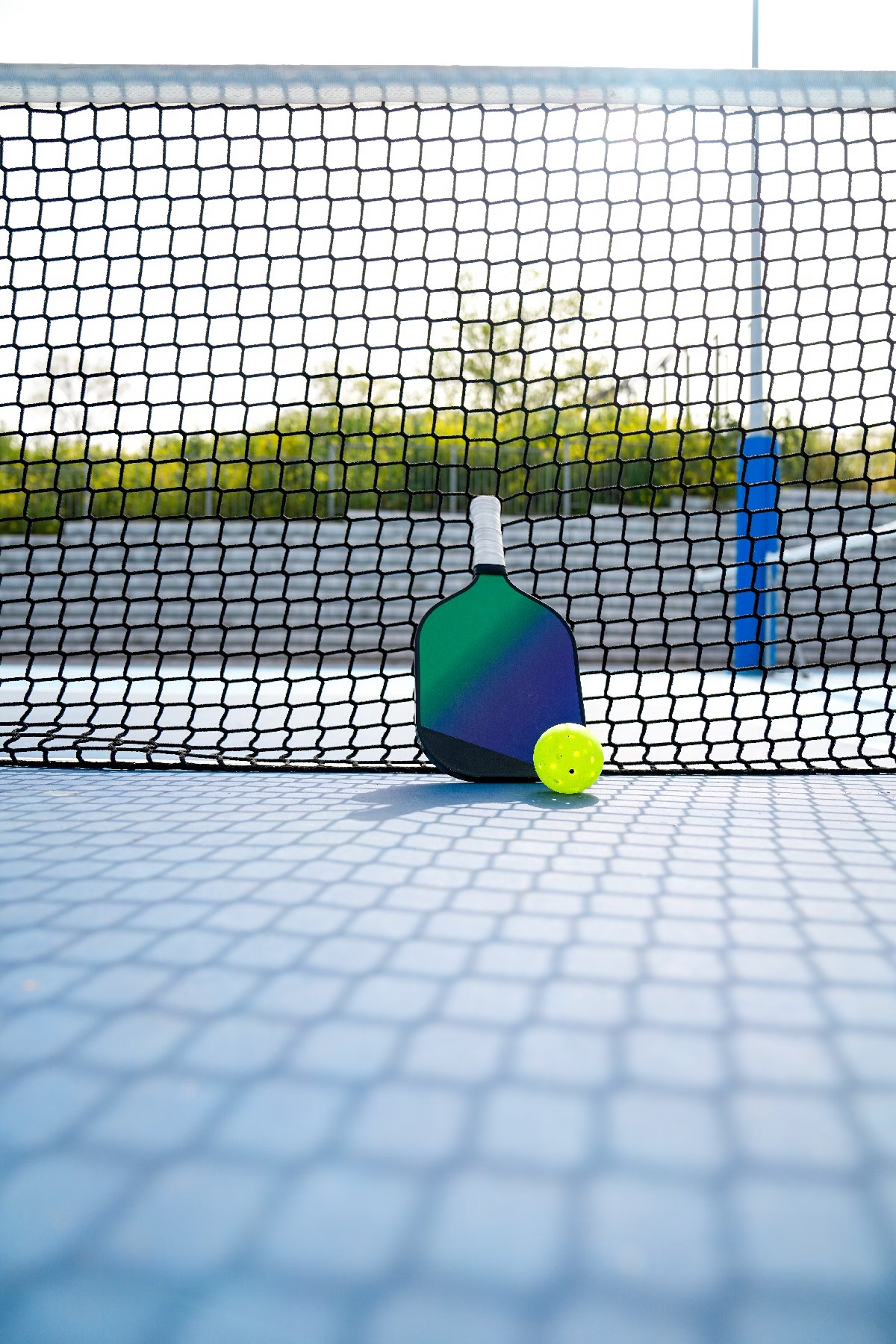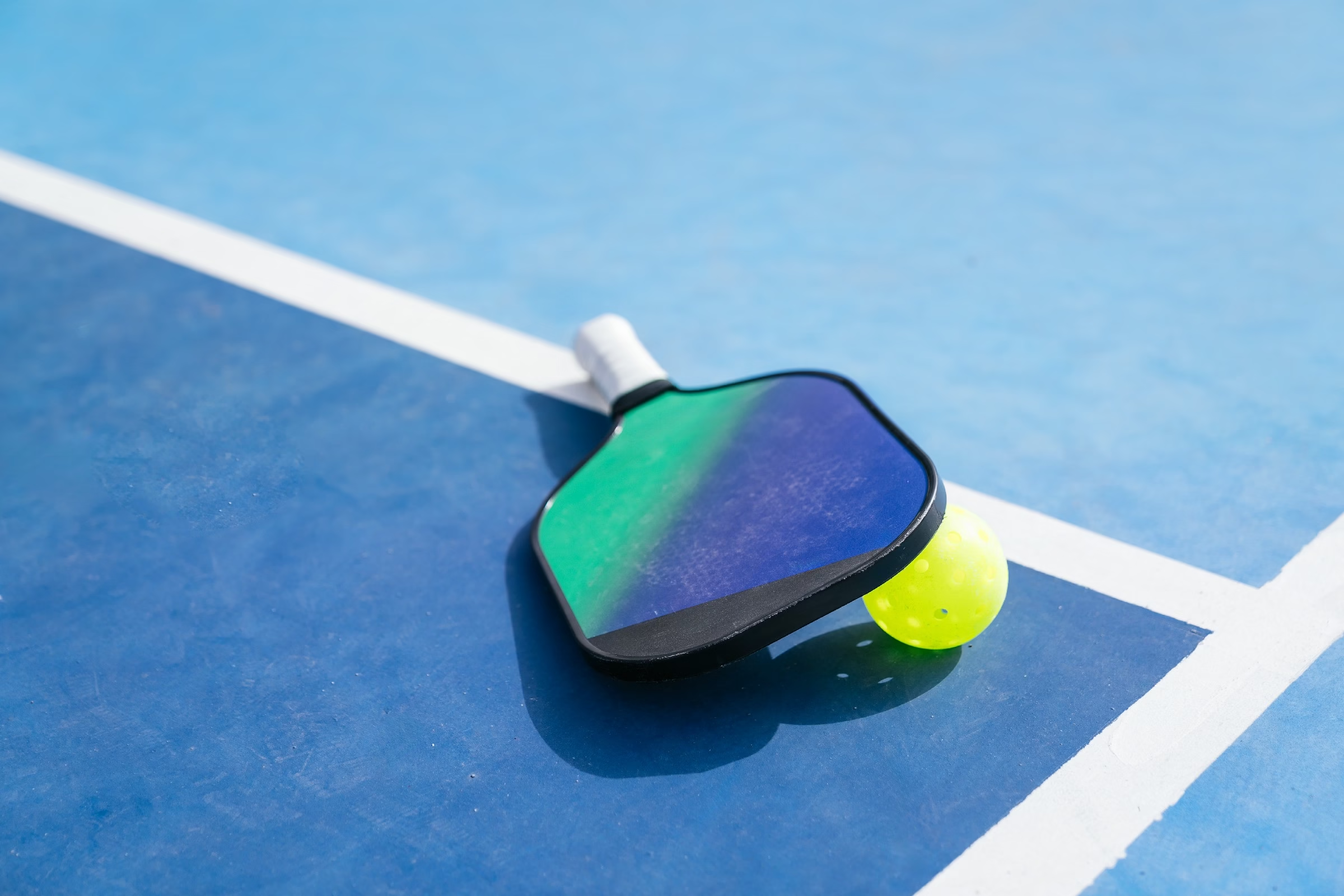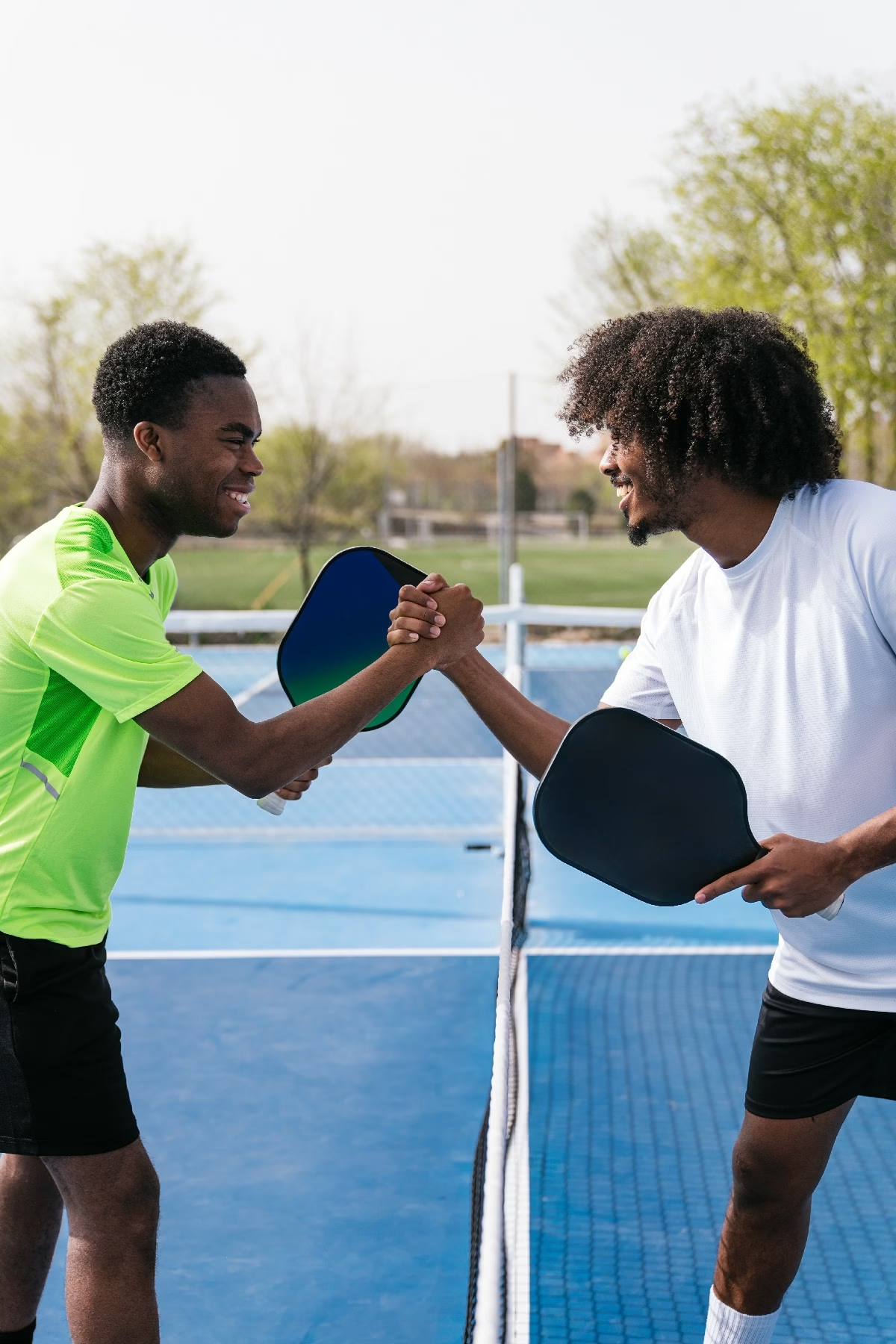Blog
what is pickleball equipment

Introduction:
As the sun sets on a lively court filled with laughter and competitive spirit, a unique game is capturing the hearts of players of all ages—pickleball. This fast-paced sport, blending elements of tennis, badminton, and table tennis, is not just about skill and strategy; it also hinges on the right equipment. From paddles that feel like an extension of your arm to balls designed for maximum performance, the right gear can dramatically influence your game. In this article, we will explore the essential components of pickleball equipment, demystifying the choices available to both novice players and seasoned veterans alike. Whether your gearing up for your first game or looking to refine your setup, understanding pickleball equipment is the first step toward mastering the court.
Table of Contents
- Understanding the Core Components of Pickleball equipment
- Choosing the Right Paddle for Your Play Style
- Exploring the Best Balls for Indoor and Outdoor Games
- The Importance of Footwear in Enhancing Performance
- Essential Accessories for a Complete Pickleball Experience
- Maintaining and Caring for Your Equipment for Longevity
- Q&A
- Insights and Conclusions
Understanding the Core Components of Pickleball Equipment
In the world of pickleball, having the right equipment is essential for both casual players and serious competitors. At the heart of this sport are three core components: the paddle,the ball,and the net. Each element plays a vital role in shaping your gameplay and enhancing your experience on the court. Understanding the intricacies of these essentials helps players make informed choices, maximizing their enjoyment of the game.
Paddles are arguably the most personalized piece of equipment, with variations in weight, shape, and material influencing performance. Modern paddles are typically made from lightweight composites with a core of either polymer or Nomex for better shock absorption. When selecting a paddle, consider the following factors:
- Grip Size: A comfortable grip ensures better control and reduces the risk of injury.
- Weight: Lighter paddles allow for quicker handling, while heavier ones provide more power.
- Surface Texture: Different textures affect spin and ball control, allowing for unique play styles.
The choice of ball is equally vital, as it can significantly influence game dynamics.Pickleball balls are generally made of plastic and come in two types: indoor and outdoor, each designed to perform under different conditions. For outdoor play, consider the texture and hole size of the ball, which affects its flight and bounce. Below is a rapid comparison of the two types:
| Feature | Indoor Ball | Outdoor Ball |
|---|---|---|
| Material | Lightweight plastic | Durable plastic |
| Hole Pattern | Fewer, larger holes | more, smaller holes |
| Weight | Less weight for softer shots | Heavier for wind resistance |
Lastly, the net is a crucial barrier that defines the game. While standard pickleball nets are 36 inches high at the sidelines and 34 inches in the middle, the materials and quality can vary significantly. A well-constructed net with a good tension system ensures consistent play and helps maintain the integrity of your matches. When setting up your court, ensure that your net is easily adjustable and well-anchored for optimal performance.
Choosing the right paddle for Your Play Style
When it comes to pickleball, the paddle you choose can significantly influence your gameplay. different paddles are designed to cater to various play styles, making it essential to select one that aligns with your strengths. Power players may prefer heavier paddles that offer more punch and control during fast exchanges,while control-oriented players might lean towards lighter paddles for increased maneuverability and touch.
To assist you in making the best choice, here’s a brief overview of paddle categories based on play style:
| Paddle type | Ideal For | Characteristics |
|---|---|---|
| Power Paddles | power Players | Heavier, thicker core; offers more speed |
| Control Paddles | Control Players | Lighter, thinner core; enhances touch and precision |
| All-Around Paddles | Versatile Players | Balanced weight; good mix of power and control |
Additionally, consider the materials used in paddle construction. Paddles can be made from wood, composite, or graphite, each offering different benefits. Wood paddles are generally more affordable and durable, making them great for beginners.Composite paddles provide a blend of power and control, while graphite paddles are lightweight, providing excellent touch and feel. As you evaluate your options, think about how frequently enough you play, your skill level, and what feels comfortable in your hands, ensuring your choice aligns with your unique play style.
Exploring the Best balls for Indoor and Outdoor Games
When it comes to choosing the right balls for various games, the difference between indoor and outdoor options is pivotal. For indoor sports, balls are typically designed to be softer and less bouncy, ensuring they won’t cause damage to walls or ceilings. Pickleball, for instance, uses a specific type of indoor ball that features smaller holes, which reduces air resistance and results in a heavier, more controlled play. The surface of these balls is smooth, making them suitable for use on gym floors or indoor courts. Here are some characteristics to consider:
- Material: Soft plastic for reduced impact.
- Size: Smaller than outdoor counterparts.
- Weight: Heavier to ensure stability.
In contrast, outdoor balls are built to withstand different elements, from varying wind conditions to rougher surfaces. They feature larger holes which allows for better air flow and a lighter feel that can handle more aggressive gameplay. This style maintains durability against harsh conditions, making them essential for anyone who enjoys the sport outside. the outdoor pickleball is noticeable for its unique patterns and sturdiness. Consider these key features:
- material: Durable plastic for longevity.
- Size: Larger than indoor balls.
- Weight: lighter for improved flight.
Below is a simple comparison of indoor and outdoor pickleball balls:
| Feature | indoor Balls | Outdoor Balls |
|---|---|---|
| Material | Soft plastic | Durable plastic |
| Hole Size | Smaller | Larger |
| weight | Heavier | Lighter |
Ultimately, the choice of ball can significantly impact gameplay quality and performance. Players should consider factors such as skill level, preferred playing habitat, and specific game dynamics to select the ideal ball.Whether you’re keeping it casual indoors or enjoying a competitive match outside, picking the right ball will enhance your experience and ensure you get the best out of the game!
The Importance of Footwear in Enhancing Performance
Footwear plays a crucial role in sports like pickleball, where agility, speed, and balance are essential for peak performance. the right shoes are specifically designed to support lateral movements and provide stability on the court, significantly impacting a player’s ability to execute quick sprints and pivots. Without proper footwear, players may experience foot fatigue, discomfort, or even injury, which can derail their game and prevent them from reaching their potential.
When selecting footwear for pickleball, consider the following factors to enhance your performance:
- Traction: A shoe with a non-marking rubber sole provides the grip needed to navigate the court effortlessly.
- Cushioning: Adequate cushioning absorbs shock,which is particularly beneficial during fast-paced,high-impact movements.
- Arch Support: Proper arch support aligns the foot and reduces the risk of strains and injuries, allowing for prolonged play.
- Lightweight Design: Lightweight shoes help reduce fatigue, providing the endurance required for longer matches.
In addition to functional features, it’s essential to select footwear that matches your playing style and personal comfort preferences.A well-fitting shoe not only enhances athletic performance but also boosts confidence levels on the court. Here’s a quick reference table comparing types of shoes suitable for pickleball:
| Type of Shoe | Features | Best For |
|---|---|---|
| Athletic Court Shoes | Enhanced traction, cushioning | General play and competition |
| Cross-Training Shoes | Versatile support, midsole stability | Multi-sport activities |
| Tennis Shoes | Durable outsole, lateral support | Intensive rallies and serves |
Essential Accessories for a Complete Pickleball Experience
To truly immerse yourself in the world of pickleball, there are several essential accessories that can significantly enhance your gameplay and overall experience. Paddle grips play a vital role in ensuring comfort and control; they come in various materials such as leather, synthetic, or rubber. Additionally, using paddle covers not only protects your equipment but also helps maintain its longevity against wear and tear. ensuring a secure grip and cushioning can lead to improved performance on the court.
Don’t overlook the importance of appropriate footwear. Pickleball requires quick lateral movements and sudden bursts of speed, so investing in specialized court shoes designed for this sport can definitely help prevent injuries while providing optimal traction. Furthermore, consider wearing moisture-wicking clothing to keep you dry and comfortable during intense matches. These garments not only help you maintain a good range of motion but also feature UV protection, crucial for outdoor play.
A good game of pickleball isn’t complete without proper hydration solutions. Carry a water bottle that keeps your drinks cool during those warm matches,complemented with sports towels for quick sweat absorption. Additionally,for those looking to track their performance,a basic fitness tracker can monitor your heart rate and calories burned,providing insights to improve your game over time. With these accessories, you’ll be well-equipped to enjoy every moment on the court!
Maintaining and Caring for Your Equipment for Longevity
To ensure your pickleball gear stands the test of time, it’s essential to maintain it properly. Start by regularly inspecting your equipment for any signs of wear and tear. This includes checking your paddles for cracks or splintering edges and ensuring your balls maintain their bounce and shape.Investing in a quality paddle cover can also protect your paddle from scratches and the elements, prolonging its life.
Another vital aspect of equipment longevity lies in the proper cleaning and storage practices. After each play session, wipe down your paddle with a damp cloth to remove dirt and sweat. Make sure to store your gear in a cool,dry place,away from direct sunlight,which can warp or fade your items. For balls, consider storing them in a dedicated bag to prevent them from being crushed or damaged when not in use.
| Item | Care Tip |
|---|---|
| Paddles | Use a cover and clean after use. |
| Pickleballs | Store in a protective bag. |
| Footwear | Keep clean and check for grip. |
| Apparel | Wash according to care instructions. |
Q&A
Q&A: What is Pickleball Equipment?
Q1: What is pickleball, and why does it require specific equipment?
A1: Pickleball is a paddle sport that blends elements of tennis, badminton, and table tennis, creating a unique and engaging game. To ensure both safety and optimal performance, players use specialized equipment—this includes paddles, balls, nets, and even footwear—to suit the game’s distinct demands.
Q2: What are the essential pieces of equipment needed to play pickleball?
A2: At a minimum, you’ll need three essential items:
- Pickleball Paddle: This is your primary tool for hitting the ball. Paddles are usually made from materials like wood or composite, and they come in various shapes and weights to fit different playing styles.
- Pickleball Ball: Similar to a wiffle ball, the pickleball is lightweight and has holes designed for aerodynamic play. You’ll find outdoor and indoor versions, distinguished by their construction and thickness.
- Net: A regulation pickleball net stands 36 inches high at the ends and 34 inches high in the middle. Some players opt for portable nets for casual play but make sure it meets the official dimensions for competitive matches.
Q3: are there different types of paddles available for pickleball?
A3: Absolutely! Paddles vary in materials, weights, and designs. Generally, they fall into three categories:
- Wooden Paddles: These are frequently enough recommended for beginners due to their affordability; though, they are typically heavier and less responsive than other types.
- Composite Paddles: Made from a blend of materials, these paddles offer better control and power.They’re popular among intermediate and advanced players seeking to enhance their game.
- Graphite Paddles: These lightweight paddles provide excellent touch and are favored by serious competitors. Their price reflects their advanced technology and ergonomic design.
Q4: What should I look for when choosing a pickleball ball?
A4: When selecting a pickleball ball, consider the following:
- type: choose between indoor and outdoor balls.Indoor balls are softer and have fewer holes, while outdoor balls are sturdier and have a heavier weight due to their thicker construction.
- Durability: Look for balls specifically designed to withstand heavy usage. Brands often offer balls engineered to resist wear and tear, which can enhance value over time.
- Color: While this is mostly a personal preference, shining colors can improve visibility on different court surfaces.
Q5: Is there any other equipment that can enhance the pickleball experience?
A5: Certainly! While the essentials will get you started, there are additional items that can enhance your gameplay:
- Footwear: Proper court shoes with good grip can help prevent slips and improve mobility on the court.
- Safety Gear: Protective eyewear can be critically important, especially for competitive players, to minimize the risk of eye injuries during fast-paced games.
- Ball Carrier or Bag: Keeping your equipment organized can enhance your playing experience,making it easier to transport and store your gear.
Q6: How can one maintain their pickleball equipment?
A6: To keep your pickleball equipment in top condition:
- Paddles: Wipe them down with a damp cloth after use,and store them in a cool,dry place. Avoid exposing them to extreme temperatures to prevent warping.
- Balls: Inspect your balls regularly for cracks or deformations. Keep them in a quality storage bag to keep them safe from dirt and damage.
- Net: After each use, check the net for tears or loose connections and clean it with mild soap to prolong its lifespan.
Q7: Where can I purchase pickleball equipment?
A7: Pickleball equipment can be found at sporting goods stores, specialty pickleball shops, and online retailers. Many brands have their own websites offering a range of products, along with customer reviews to help you make informed decisions. Additionally,local pickleball clubs or community centers often sell equipment or can recommend trustworthy sources.
Conclusion
Understanding pickleball equipment is basic to enjoying this dynamic sport. Whether you are a newcomer or a seasoned player, having the right gear will not only enhance your game but also ensure a rewarding experience on the court. Happy playing!
Insights and Conclusions
understanding the essentials of pickleball equipment is key to enhancing your game and enjoying every match. From paddles that fit your playing style to the perfect ball that offers the right bounce, each piece of gear plays a important role in your performance on the court. As you explore the vibrant world of pickleball, remember that the right equipment not only elevates your skills but also enriches your experience, whether you’re a seasoned player or a curious beginner. So, gather your gear, connect with fellow enthusiasts, and step onto the court with confidence. The game awaits—may your serves be sharp and your volleys strong!

